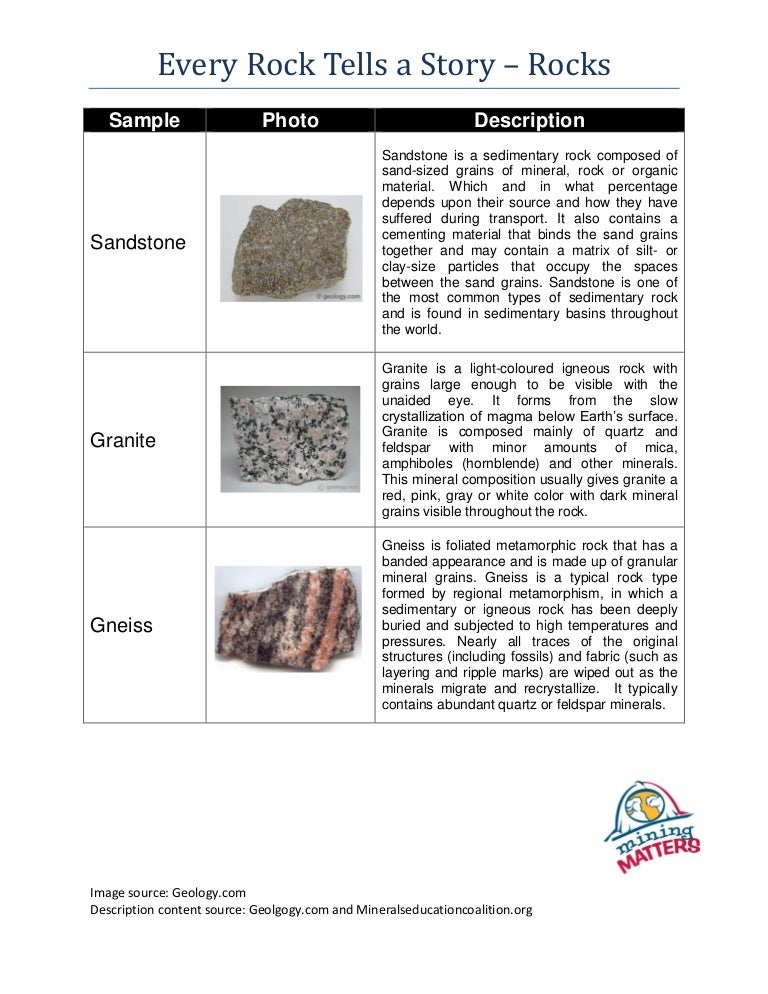Hardness and strength of granite.
The colors of granite depend on the mineral grain size.
Challenge the students to speculate on the reasons for the obvious difference in crystal size.
Granite is a conglomerate of minerals and rocks primarily quartz potassium feldspar mica amphiboles and trace other minerals.
There are various physical properties of granite like hardness grain size fracture streak porosity luster strength etc which defines it.
Second granite always consists of the minerals quartz and feldspar with or without a wide variety of other minerals accessory minerals.
Granite contains large crystals of the minerals feldspar quartz and mica.
The pink grains are orthoclase feldspar and the clear to smoky grains are quartz or muscovite.
In the dimension stone industry any rock with visible interlocking grains of feldspar the granite is common.
More aluminous end members include siderophyllite and eastonite biotite was regarded as a mineral species by the international.
However diorite is falling in between the granite and basalt based on the compositions and properties.
The mohs scale of mineral hardness based on scratch hardness comparison defines value 4 as fluorite.
Figure 1 a sample of granite note the large crystals.
Granite typically contains 20 60 quartz 10 65 feldspar and 5.
The quartz and feldspar generally give granite a light color ranging from pinkish to white.
Fluorite also called fluorspar is the mineral form of calcium fluoride caf 2 it belongs to the halide minerals it crystallizes in isometric cubic habit although octahedral and more complex isometric forms are not uncommon.
The grain size is coarse enough to allow recognition of the major minerals.
It is about two inches across.
The overall color of granite depends largely on the kind of feldspar in the rock.
The specimen above is a typical granite.
The bulk of the rhyolite contains no obvious crystals when seen in hand specimen.
Other minerals are biotite or muscovite between 5 and 15 and amphiboles.
Of course diorite and andesite have the same mineral content and occur in the same areas.
The black grains can be biotite or hornblende.
Biotite is a common group of phyllosilicate minerals within the mica group with the approximate chemical formula k mg fe 3 alsi 3 o 10 f oh 2 it is primarily a solid solution series between the iron endmember annite and the magnesium endmember phlogopite.
These will make up the colors of the granite as well as determine the durability of the stone.
Potassium rich feldspar tends to be some shade of red or pinkish tan so a lot of granite is similarly red or pink.
That light background color is punctuated by the darker accessory minerals.
Numerous other minerals can be present in granite.
The physical properties of granite rock are vital in determining its granite texture and granite uses.
Pure fluorite is transparent both in visible and ultraviolet.

